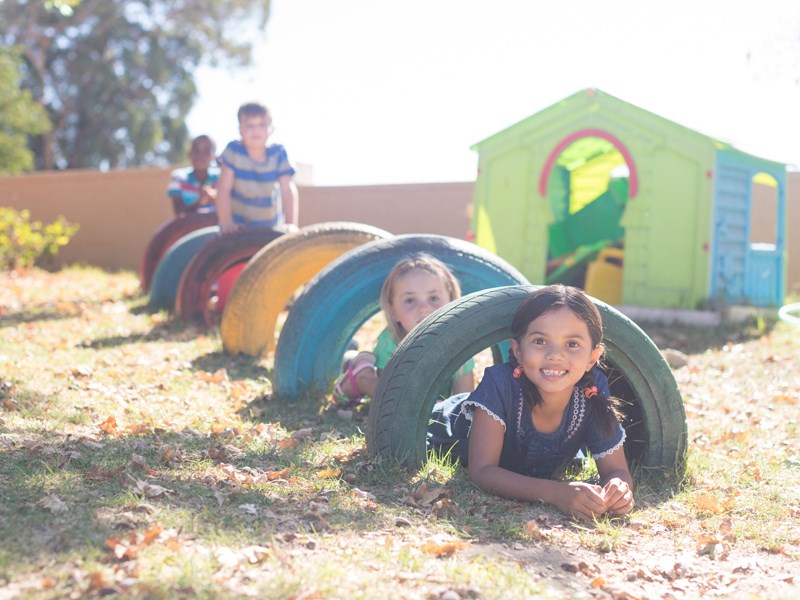How many tires do we go through in a lifetime?
Avoiding potholes and screeching your tires will get you about 40,000 to 80,000 kilometres, which translates to a tire change every two to four years. Our tire “carma” can really add up.
Strangely, tires are one of the most common illegally dumped items in the backwoods. Maybe it’s the way they roll so easily into the bush to be forgotten, but we suspect it may also be for lack of information and imagination.
When it’s time for that tire to “retire,” there are a plethora of options for its next incarnation.
If you simply want to properly dispose of it, all regular-sized car and truck tires are disposed of at your local tire dealer when you are doing a tire change. You have actually already paid for this service at the point of purchase in the form of an eco fee, so why not take advantage of it?
There is a limit to how many tires you can drop off at any one time, so check in with your mechanic beforehand if you have more than four. Tire Stewardship BC manages this program and states that on average more than 80 per cent of tires collected are recycled into products such as crumb rubber, which is used in athletic tracks, synthetic turf fields and playground surfacing, after the steel and fibre have been removed.
The remaining scrap tires are used as a fuel supplement in the cement and pulp and paper industries. Beyond mechanic shops and businesses that sell tires, you can also recycle tires at local transfer stations, although a small fee per tire is likely involved.
But how about getting a little innovative with your used tread? There are builders using tires for bouncy floor foundations, cement-filled footers, roofing tiles, blasting mats and retaining walls. There is even a style of housing called an Earthship that incorporates earth-packed tires and passive solar design.
Gardeners and parents are converting tires into flower planters, ponds, sculptures, low squat chairs, climbable structures on playgrounds and swings. Some fashion-forward innovators are also using tires for shoe soles and bike tires for upcycled earrings and belts.
Tires have long been a popular choice in the marine industry to use as bumpers, and as buoys, when filled with styrofoam. While this means a second life for the tire, it too must be properly recycled at the end of its seafaring days.
Let’s Talk Trash has partnered with the Ocean Legacy Foundation (OLF), based in Vancouver, and is sending all tires from beach cleanups. OLF goes to great lengths cutting out the foam so both tire and foam can be recycled.
Tires represent a lot of embedded energy and best serve us when we best serve them.
Let’s Talk Trash is qathet Regional District’s waste-reduction education program.



